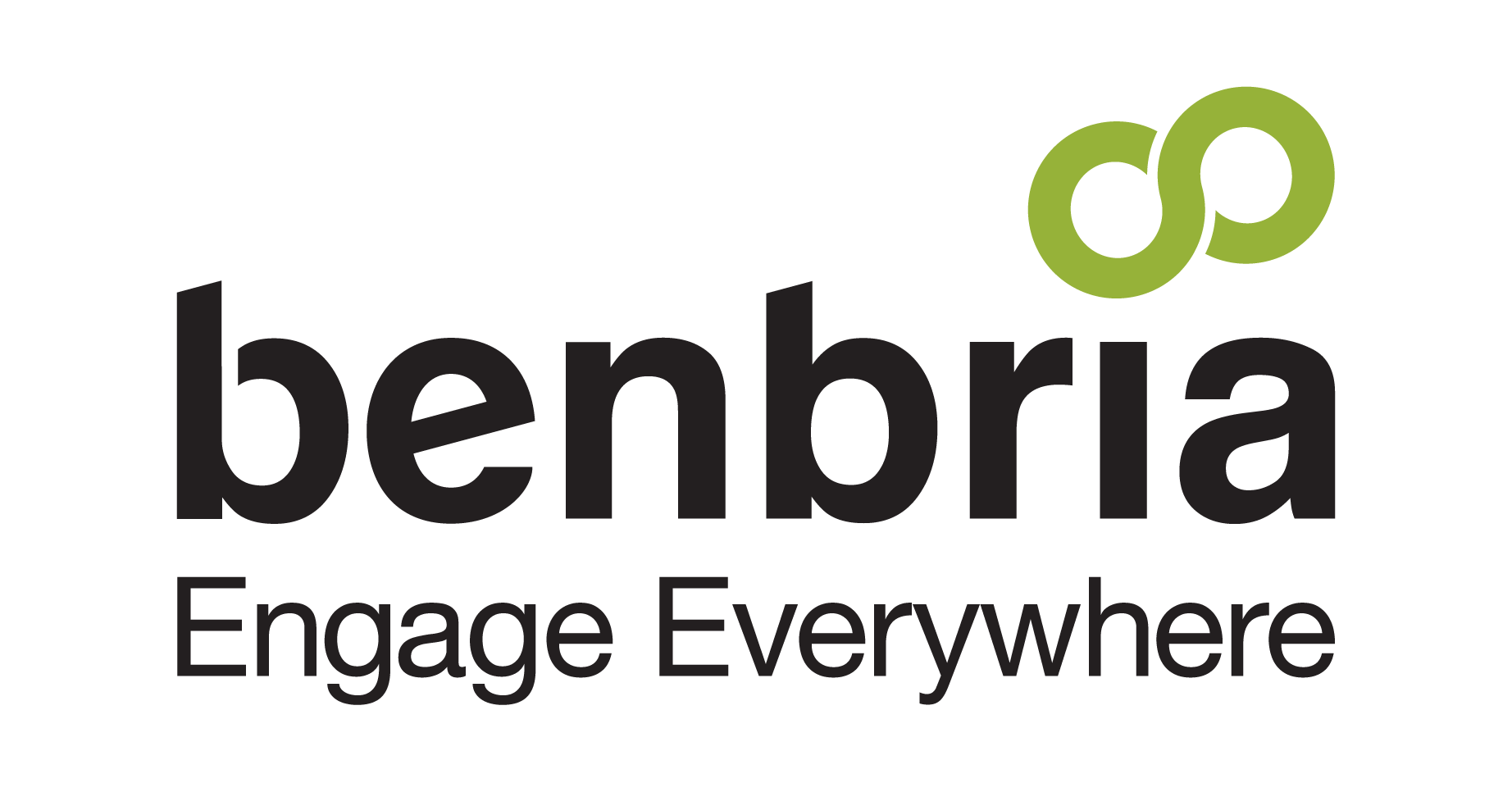For years, schools have leveraged email as a dominant form of communication.
And, while having email as your only or main channel proved useful in earlier years, today student preferences have changed greatly.
In a recent study conducted by Bowling Green State University, more than half of the surveyed students (55.7 percent) said they use social media as their primary means of communication.
With more channels accessible to students than ever before, it’s become essential for schools to understand how students want to communicate.
In this blog, we’ll unravel some of the top channels students use, in addition to exploring why students’ preferences are so crucial, to begin with. Let’s dive in.
Why Paying Attention to Student Preferences is Crucial
More and more channels are becoming readily available thanks to the acceleration of the digital transformation. Students are always on, and while the email channel should still be used to some degree, the incorporation of new channels is essential.
Firstly, offering channels in line with preferences reduces frustration on and off campus. If they’re in a rush for class, students don’t have to go out of their way to send you an email but can instantly message you from the channel they’re already on.
Similarly, it creates less friction and reduces roadblocks that can prevent students from sharing sentiments. If a student has to go out of their way every time they want to communicate, they’ll be less inclined to start a conversation – depriving you of key data to improve your overall experience.
In instances where your students have been vocal about their preferences, listening to them and taking action shows that their opinion matters. It gives your students a voice and empowers them to evolve the school experience, with feedback.
Lastly, listening to student preferences enables you to stay up-to-date and ahead of the curve. While neighbouring schools take on digital tools, students become accustomed to starting a conversation via Facebook or submitting their feedback on your school website. Adopting your own online channels allows the experience to remain consistent and can strengthen your reputation as a whole.
A Glimpse at Preferred Channels
So, the big question remains, what channels are students using?
In a study by the Journal of University Teaching and Learning Practice, Facebook came out on top with a collective 95.4% of students using the platform. Among the top cited channels, was also Instagram (71.3%) and Twitter (69.0%). Keep in mind that in using these channels expectations surrounding communication also begin to shift. The time to respond and length of the message is vastly different from the email channel, so make sure to do some research ahead of implementation.
Facebook Messenger
Facebook Messenger, hosted by Meta, is a key channel used by nearly 3 billion people globally. This is a popular social channel for students as they connect with their peers on campus, organize events, and often host on/off campus groups through it.
If a sizeable number of your student population is coming from overseas then this is an essential channel to incorporate. 1.5 billion people in 180 countries use Whatsapp, but the U.S. accounts for only 1.5 percent of users worldwide. It’s fast, efficient, and you can create a business account to better manage inquiries.
Twitter is a channel most students will use to check timely updates in regard to day-to-day life. Not only is Twitter a great channel to collect feedback but it also holds tremendous value if you use your profile to share campus updates such as; events, school closures, course updates and more.
Just a reminder that this is just the tip of the iceberg when it comes to channels. As you go through the process of vetting what your student use, you’ll more than likely find a handful worth incorporating.
Leveraging Old and New Channels, Cohesively
While we suggest incorporating social media platforms to better engage your students, this doesn’t mean completely eliminating email. In fact, you’ll find that there will still be a core group of students that require it.
We suggest using email as a foundational channel and simply adding to it, to create a holistic omni-channel experience. In that, your channels should work seamlessly together, and your school’s experience stays consistent whether the student decides to toggle through multiple channels or stick to one.
A great way to do this is by leveraging a customer experience solution that houses all conversations in a single inbox. Whether email, Facebook or WhatsApp, everything is aggregated and insight is collected. It allows you to respond to students with complete context and generate tickets if support is needed.
Evaluating Your Current Communication Strategy
If you’ve decided that opting for more channels is the way to go, it’s vital that you evaluate your current stance. You’ll find that in doing this exercise, you can understand if your current channels are serving you and what kind of impact you want to see from your new ones.
As you begin the evaluation process, consider;
- What channels are you using?
- Are these channels well received?
- How many incoming messages do you get in a day?
- What channels are your students most fond of?
Going through this evaluation process is a great source of learning; as implementing new channels without data isn’t effective. When answering these questions, keep a look out for any identified gaps such as; touch-points missed, channels in need, and services offered via those channels that require improvement.
Offering key channels in line with student preferences, like Facebook or Twitter, helps to build campus community. You receive more insightful data and can encourage students to voice their opinion on what matters most. When you take action, you show you care – leading to happier students and a more prosperous campus experience.




